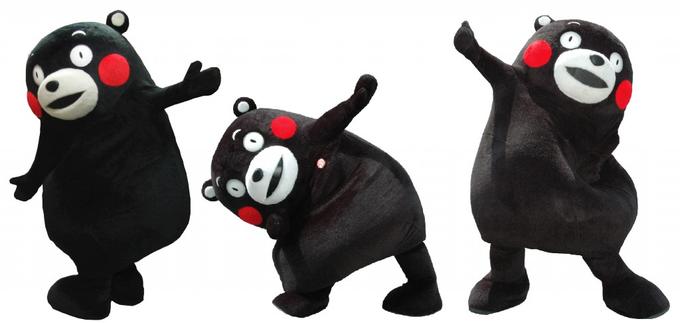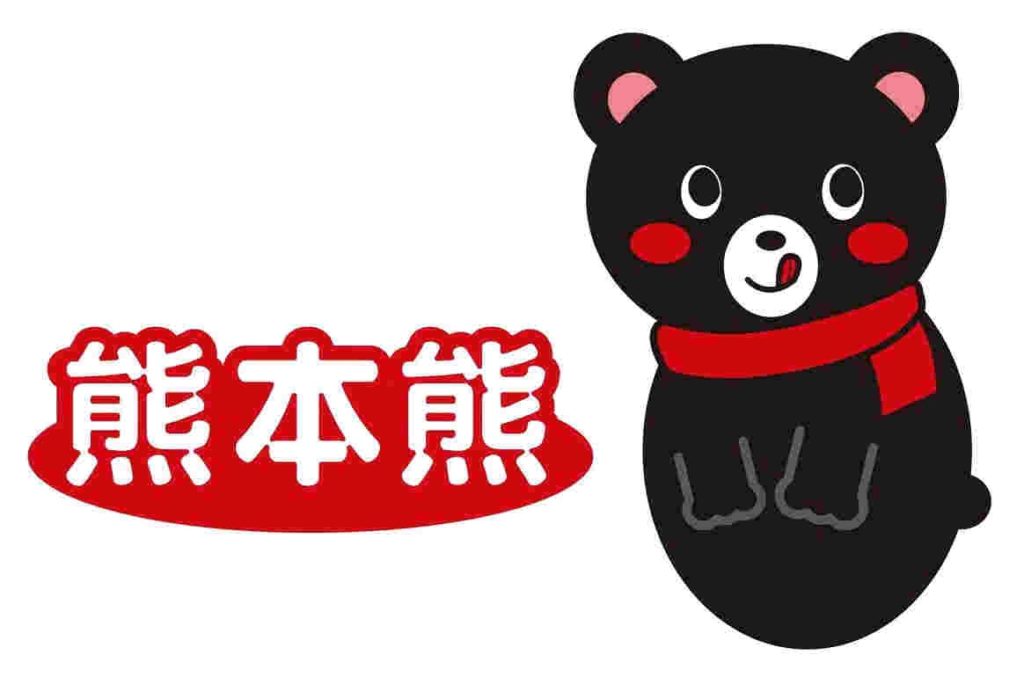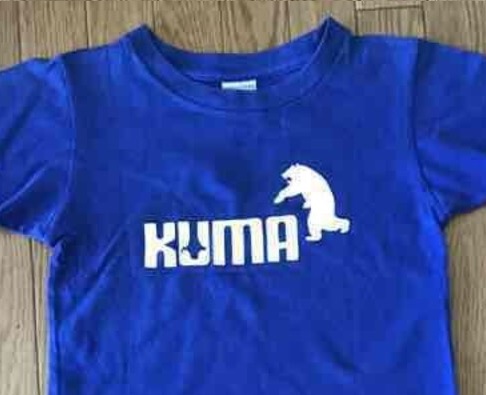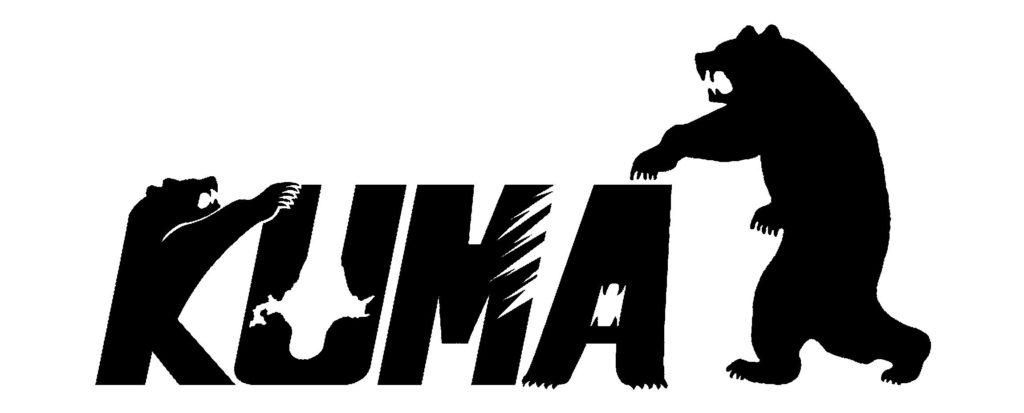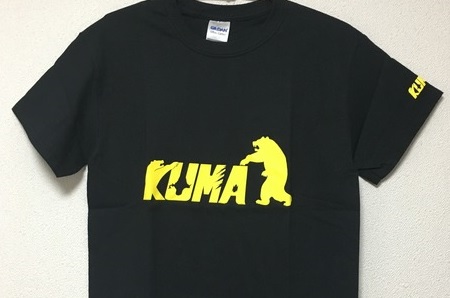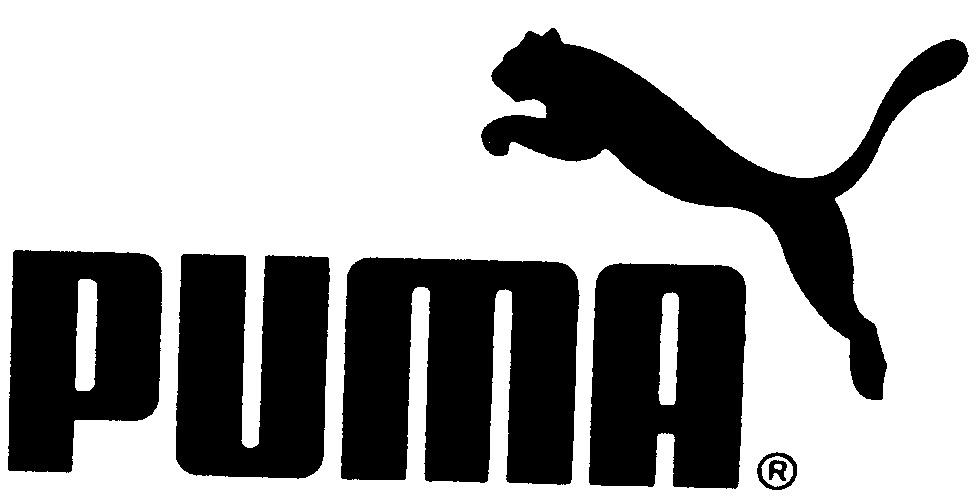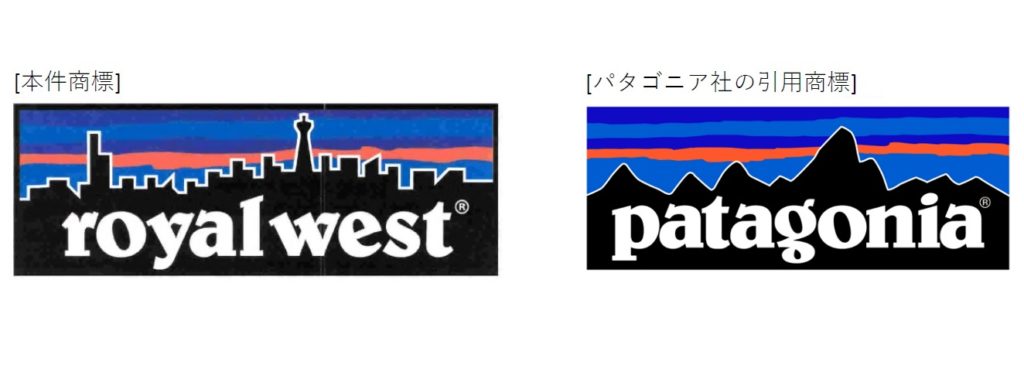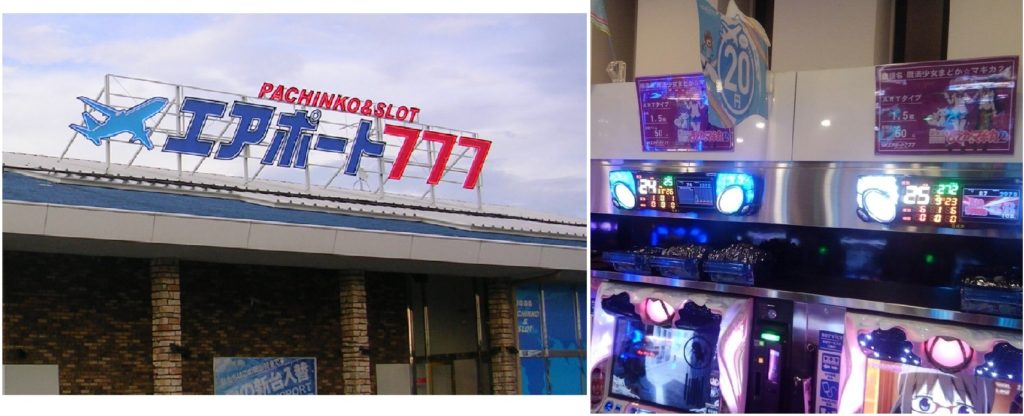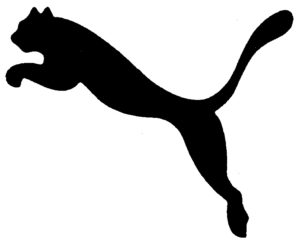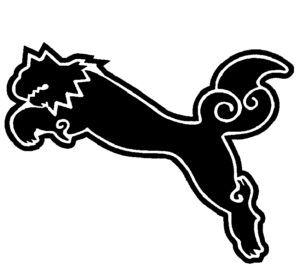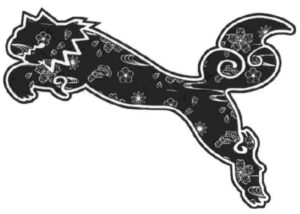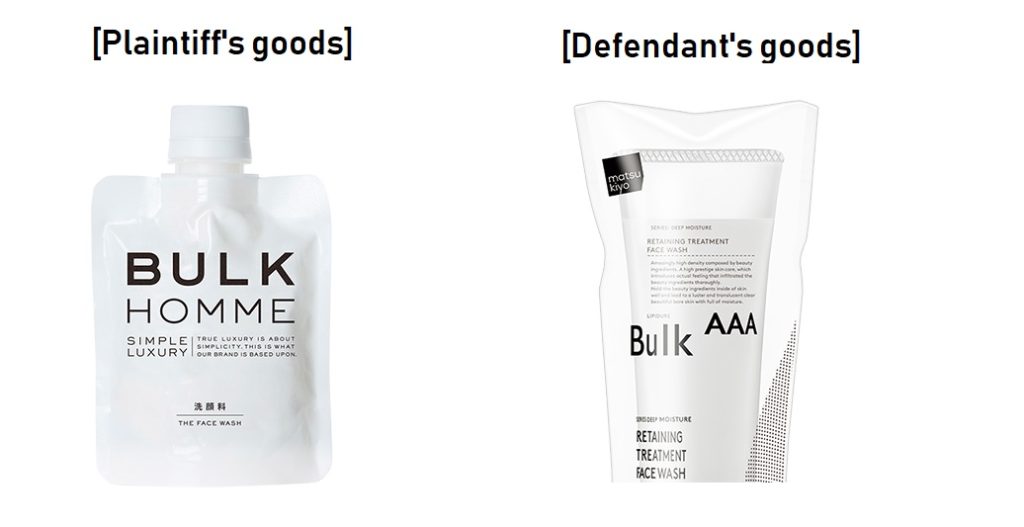The Japan Patent Office (JPO) upheld an invalidation petition by the world’s largest tire and rubber company, Bridgestone Corporation against TM Reg. no. 5664068 for the “SB NAGAMOCHI” mark due to a likelihood of confusion with its well-known B mark logo.
[Invalidation case no. 2018-890068, Gazette issue date: March 27, 2020]
TM Registration no. 5664068
Disputed mark, consisting of “SB” logo and a word “NAGAMOCHI” in a smaller plain letter (see below left), was applied for registration on September 13, 2013 in respect of non-electric prime movers for land vehicles, not including their parts; AC motors or DC motors for land vehicles, not including their parts; automobiles and their parts and fittings; two-wheeled motor vehicles, bicycles and their parts and fittings; adhesive rubber patches for repairing tubes or tires in class 12.
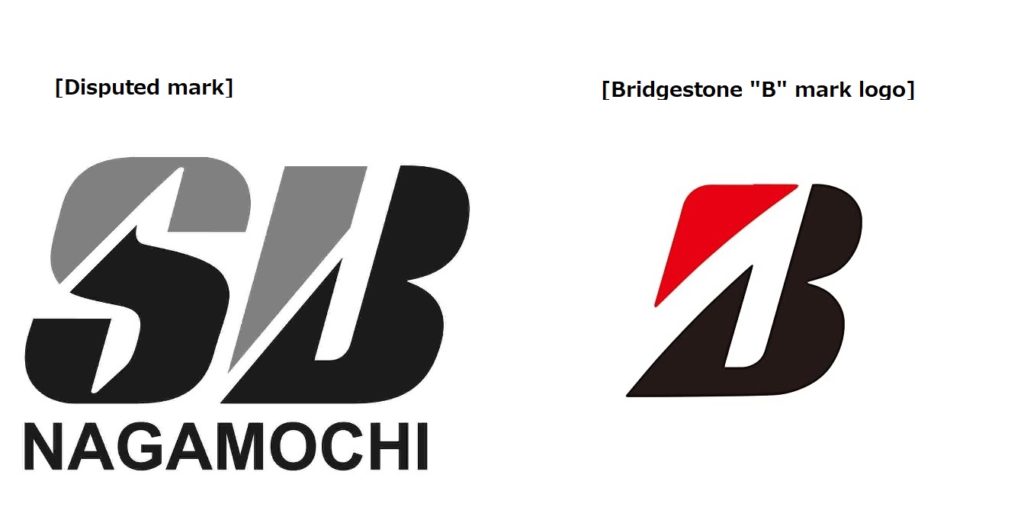
Without confronting with a refusal during substantive examination, disputed mark was registered on April 18, 2014.
Applicant of disputed mark, RMP NAGAMOCHI Technology Japan Ltd promotes various structural parts for automobiles, e.g. cylinders, brakes and clutch hoses, brake calipers, brake pads, rubber parts, filters, gaskets. Disputed mark was actually used on brake pads (see below).
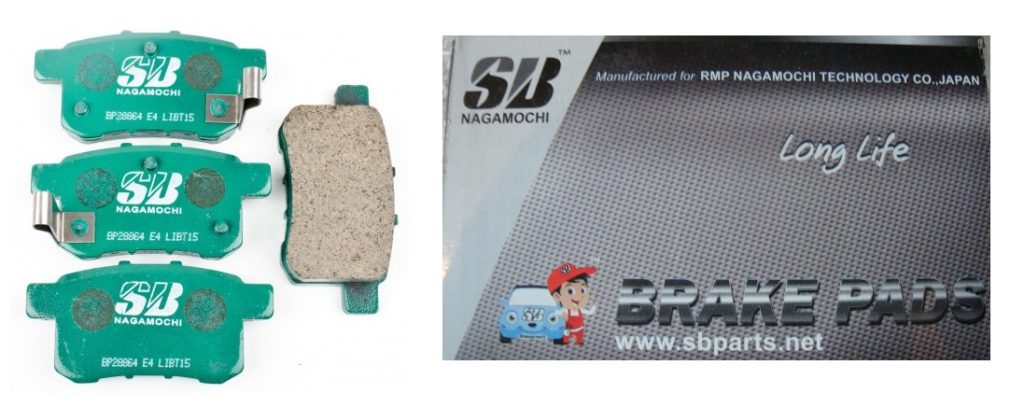
Petition for invalidation
Japan Trademark Law has a provision to retroactively invalidate trademark registration for certain restricted reasons specified under Article 46 (1) provided that interested party files an invalidation petition within five-year statute of limitations.
Bridgestone Corporation, a Japanese tire and rubber company, filed a petition for invalidation against disputed mark on September 5, 2018. Bridgestone argued the mark shall be invalidated due to a likelihood of confusion with its famous “B” mark logo (see above right) when used on all goods in class 12 based on Article 4(1)(xv) of the Trademark Law.
Article 4(1)(xv) provides that a mark shall not be registered where it is likely to cause confusion with other business entity’s well-known goods or services, to the benefit of brand owner and users.
Board Decision
In the decision, JPO Trial Board sided with Bridgestone by finding that:
- In 2016, Bridgestone holds top-ranked market share (14.6%) of automobiles tires in the world, the largest market share (55.9%) of tires and rubber products in Japan.
- Bridgestone has consecutively used “B” mark logo on goods and promotions as a symbolic house mark of Bridgestone group since 1984 and even when announcing sponsorship partnership with the Olympic Games and Tokyo2020 Paralympic Games Gold Partner.
- Based on the foregoing, it is unquestionable that “B” mark logo has acquired strong and considerable reputation as a source indicator of Bridgestone tires and rubber products among relevant traders and consumers of goods in question.
- “B” logo is a ‘strong’ mark because it is depicted with distinctive figurative element so that the mark as a whole can be seen sufficiently distinguishable from an ordinary “B” letter.
- Both marks look different when compared in its entirety, however, 2nd letter of “SB” logo is considered highly similar to “B” mark logo from visual point of view.
- Disputed goods “automobiles and their parts and fittings; two-wheeled motor vehicles, bicycles and their parts and fittings” and “tires” have the potential to be connected in the minds of the consumers. Since respective products share distributors or can be found in the same stores, there finds proximity in channels of trade and marketing of the products on which the marks are used.
- Foregoing weighs in favor of finding confusion. Thus, disputed mark shall be invalidated in violation of Article 4(1)(xv) of the Trademark Law.




